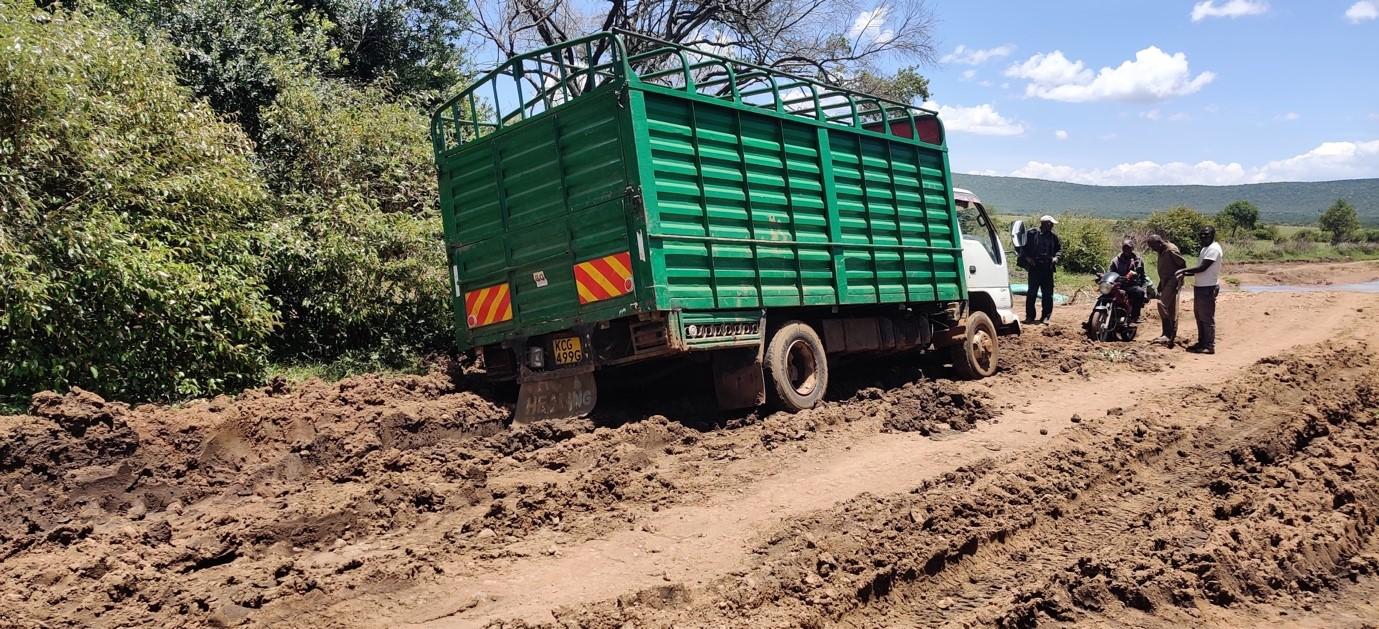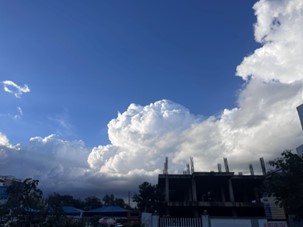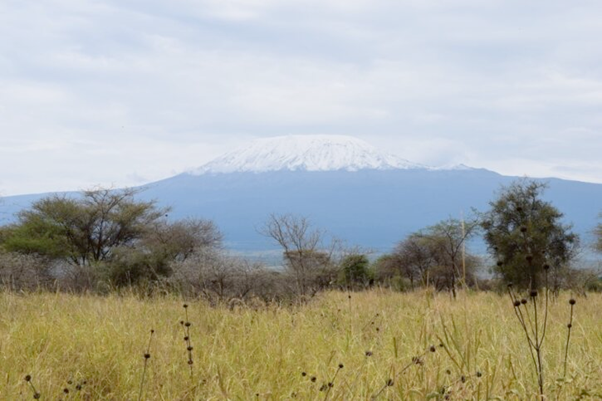MASIKA: A field campaign to understand the rains in East Africa

Heavy rains in March 2024 cause transport problems in western Kenya (photo: Sebastian Engelstaedter).
Rainfall extremes are part of life in East Africa. Following devastating floods in 2020, five successive failed rainy seasons caused drought which exposed millions of people to acute food shortages. A key challenge for climate scientists is to understand the causes of floods and droughts, and to predict their future change in a warming world.

Cumulonimbus grows over Nairobi. Floods this year have killed over 30 people in Kenya. (photo: Callum Munday).
So far, much of the scientific effort aimed at understanding the rainy season has focused on interpreting the outputs from climate and weather forecast models. These models are the fundamental tools scientists use to understand floods and droughts, but for their results be trusted, they need to be tested against real world observations. Unfortunately, in much of East Africa these observations are missing. Without these observations, scientists are effectively working with one hand tied behind their back.
To address the observational shortfall, a team of scientists from University of Oxford, the University of Nairobi (UoN) and Kenya Meteorological Department (KMD) undertook an intensive field programme to observe the onset of one of two major rainy seasons in East Africa.

Sunset in Narok, Kenya. photo: Charlie Knight.
The field project, MASIKA (Kiswahili for ‘long rains’), is the first of its kind and aims to understand the atmospheric processes operating at the start the rainy season. Based in Nairobi, the project team released close to 350 weather balloons to measure the evolution of winds, temperature, pressure, and humidity in the transition from dry to, in this case, very rainy season. Automatic weather stations distributed around Kenya measured rain and surface conditions.

Abi Jones (Bristol, former Geography undergraduate at Teddy Hall), Joseph Ouma (KMD) and Maria Kiboi (UoN) release weather balloon from KMD headquarters in Nairobi (photo: Callum Munday).
The observations will be used to test and improve computer climate models, which we use to project future climate changes. The aim is to build confidence in these climate models and, in doing so, provide more reliable information to policy makers faced with difficult and costly decisions over how to adapt to climate change.

Kilimanjaro on a grey morning from Amboseli National Park (photo: Kitty Attwood).
The MASIKA field project is part of the REACH programme for water security, and is funded by the Foreign, Commonwealth and Development Office.
MASIKA: A field campaign to understand the rains in East Africa
Following devastating floods in 2020, five successive failed rainy seasons caused drought which exposed millions of people to acute food shortages in East Africa. The field project, MASIKA, is the first of its kind and aims to understand the atmospheric processes operating at the start the rainy season.





